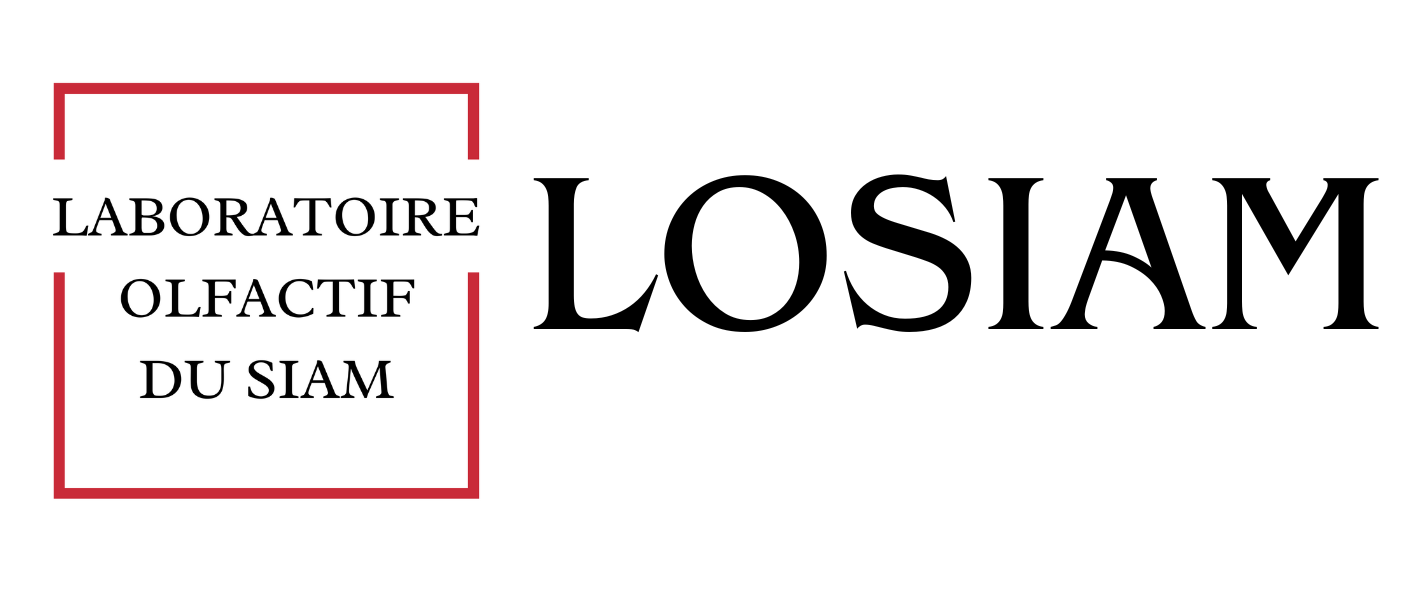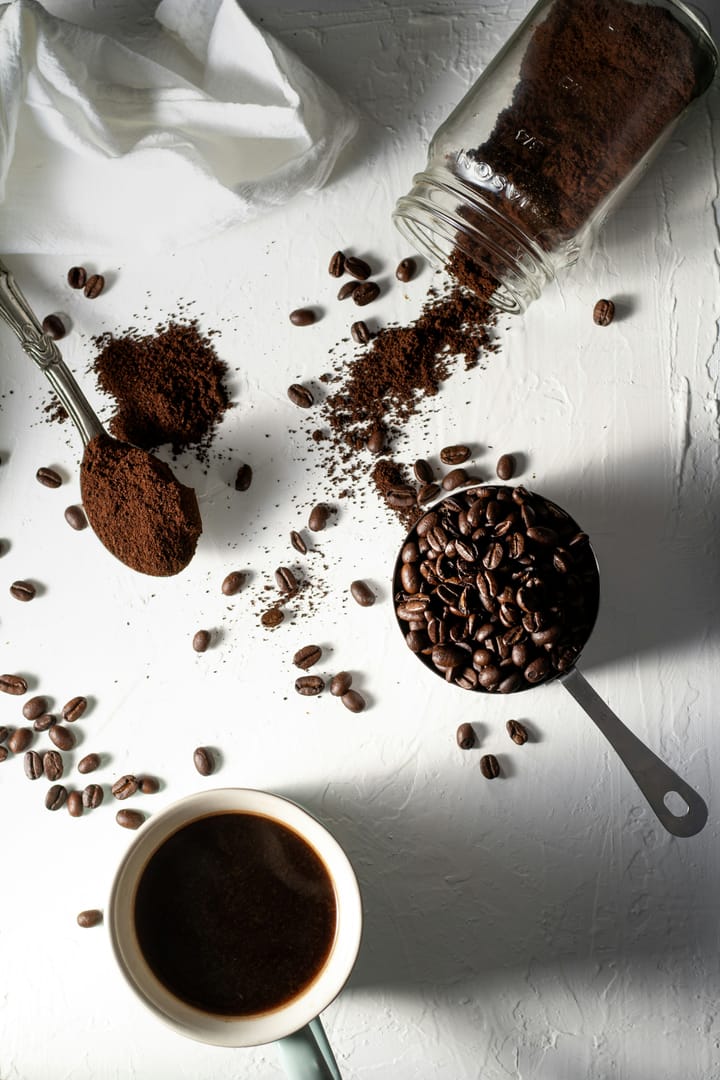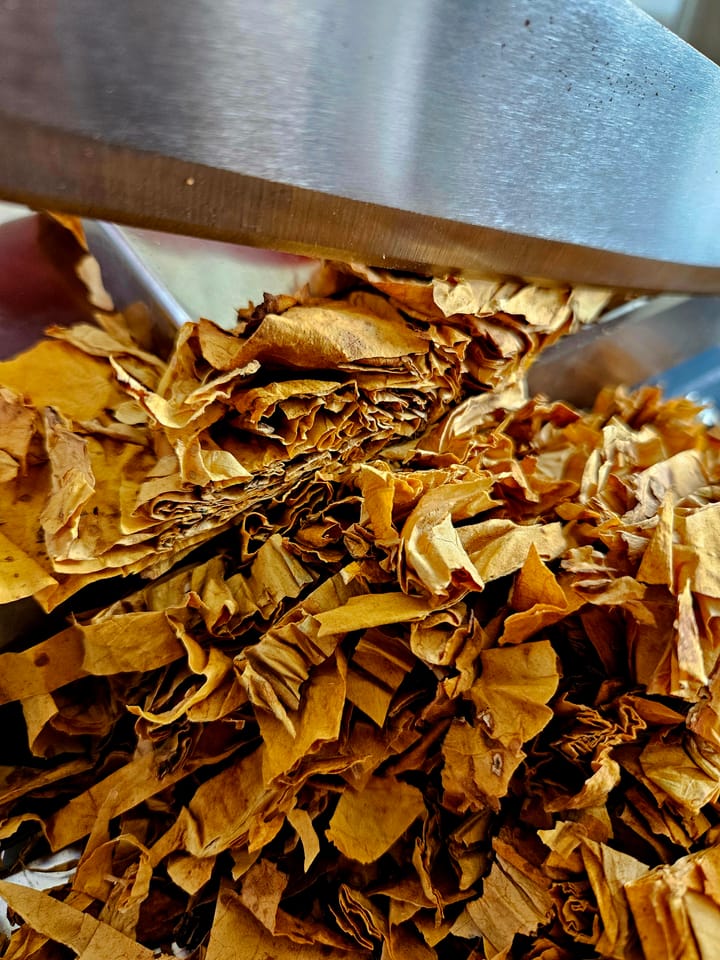Unlocking a roasted coconut Absolute: Battling the lipid barrier
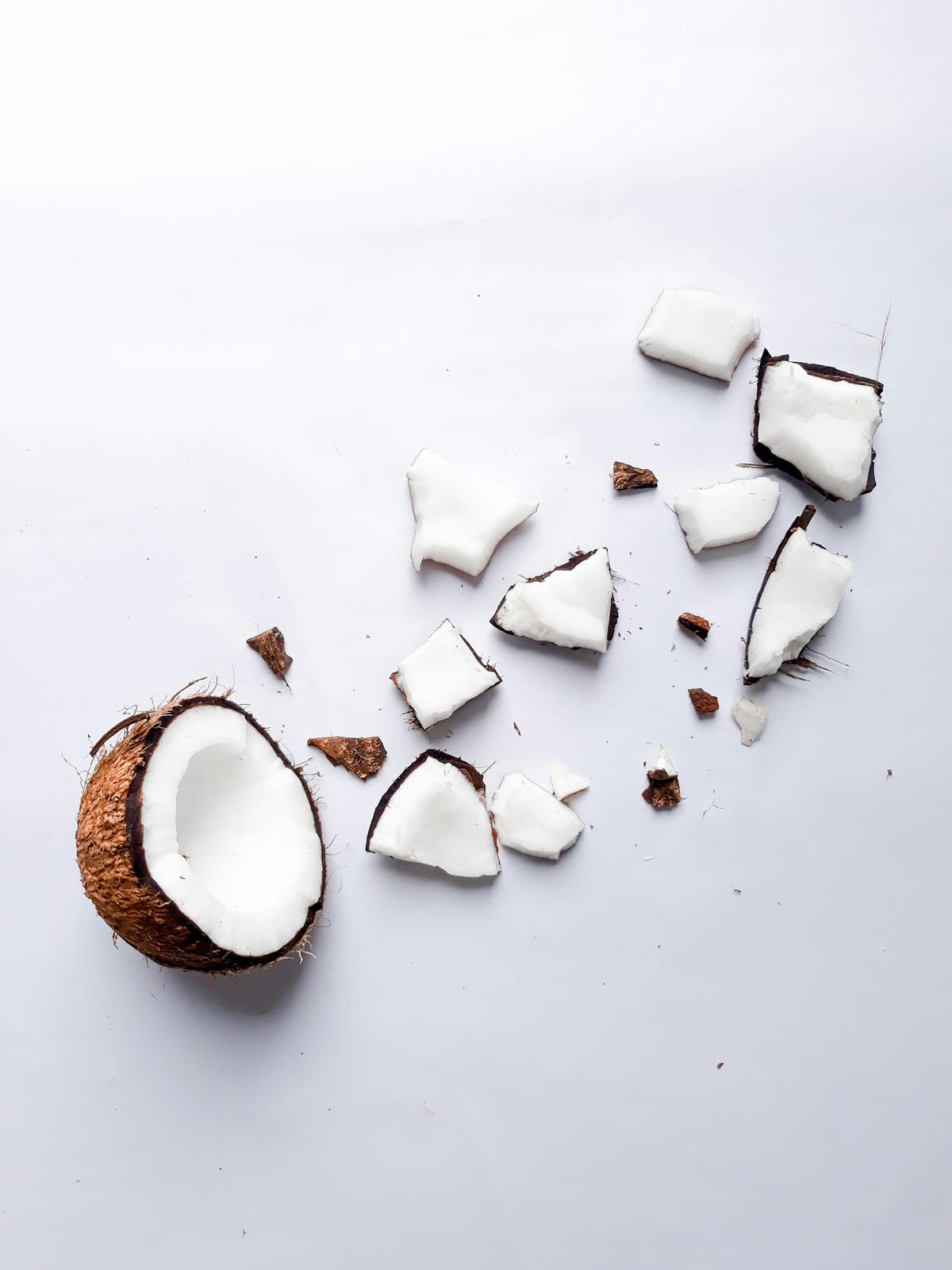
Introduction
The rich, roasted, nutty aroma of roasted coconut, derived from the endosperm of Cocos nucifera, is a coveted ingredient in perfumery and flavor industries. This distinctive scent, driven by volatile organic compounds (VOCs) such as δ-dodecalactone, 2-nonenal, and 2-heptanone, forms through Maillard reactions and pyrolysis during roasting at 180–200°C. However, extracting these compounds to produce a high-purity, IFRA-compliant roasted coconut absolute is a significant challenge, with the high lipid content of the coconut matrix posing the greatest barrier. Comprising 90–95% triacylglycerols in extra virgin coconut oil (EVCO), this oily matrix interferes with VOC isolation, compounded by the low concentrations and thermal sensitivity of these fragrant molecules. This is the story of this new product from Laboratoire Olfactif du Siam (LOSiam), exploring the complexities of matrix interference, weaving in its interplay with low VOC concentrations and thermal sensitivity, highlighting the technical hurdles in achieving a sustainable, high-quality absolute.
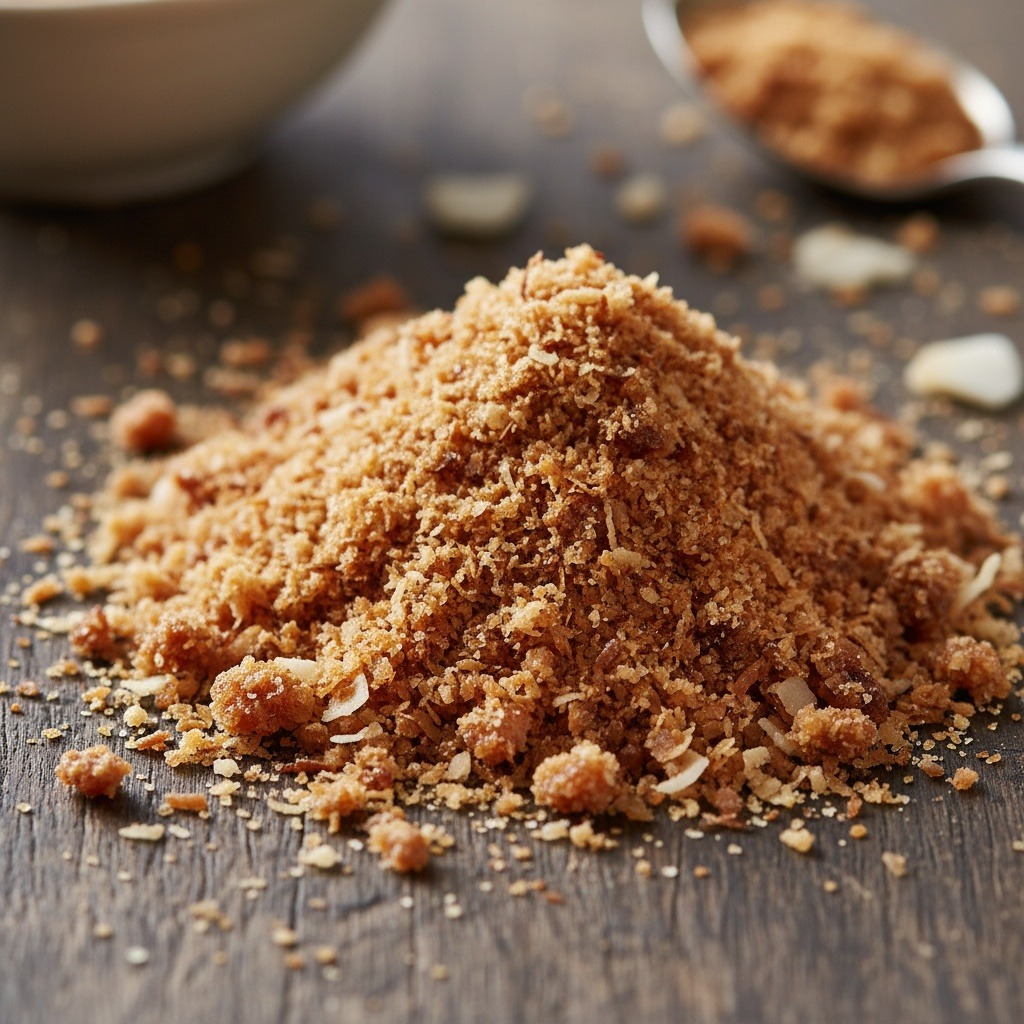
Matrix Interference from High Lipid Content
The high lipid content of roasted coconut, dominated by triacylglycerols (e.g., trilaurin, trimyristin), constitutes 90–95% of EVCO, making it the primary obstacle in extracting roast scent VOCs. These lipids create a complex matrix that binds aroma compounds, reduces extraction efficiency, and introduces off-notes, while exacerbating challenges related to the low concentrations and thermal sensitivity of key volatiles. Below, we explore into these issues, with a focus on their implications for producing a roasted coconut absolute.

Lipid Binding and Reduced Extraction Efficiency
Triacylglycerols in roasted coconut form a viscous, non-polar matrix that strongly binds VOCs, particularly semi-polar compounds like δ-dodecalactone, which imparts creamy, roasted notes, and 2-nonenal, responsible for nutty aromas [1]. These hydrophobic interactions trap volatiles within the lipid phase, reducing their partitioning into extraction media [2]. For example, solvent extraction with ethanol or supercritical CO2 co-extracts lipids, yielding a turbid mixture where only 10–20% of VOCs like 2-heptanone are recovered compared to theoretical yields [3]. This binding effect is particularly pronounced for polar volatiles, which are critical for the roasted scent profile but are poorly soluble in non-polar solvents traditionally used to dissolve lipids [4].
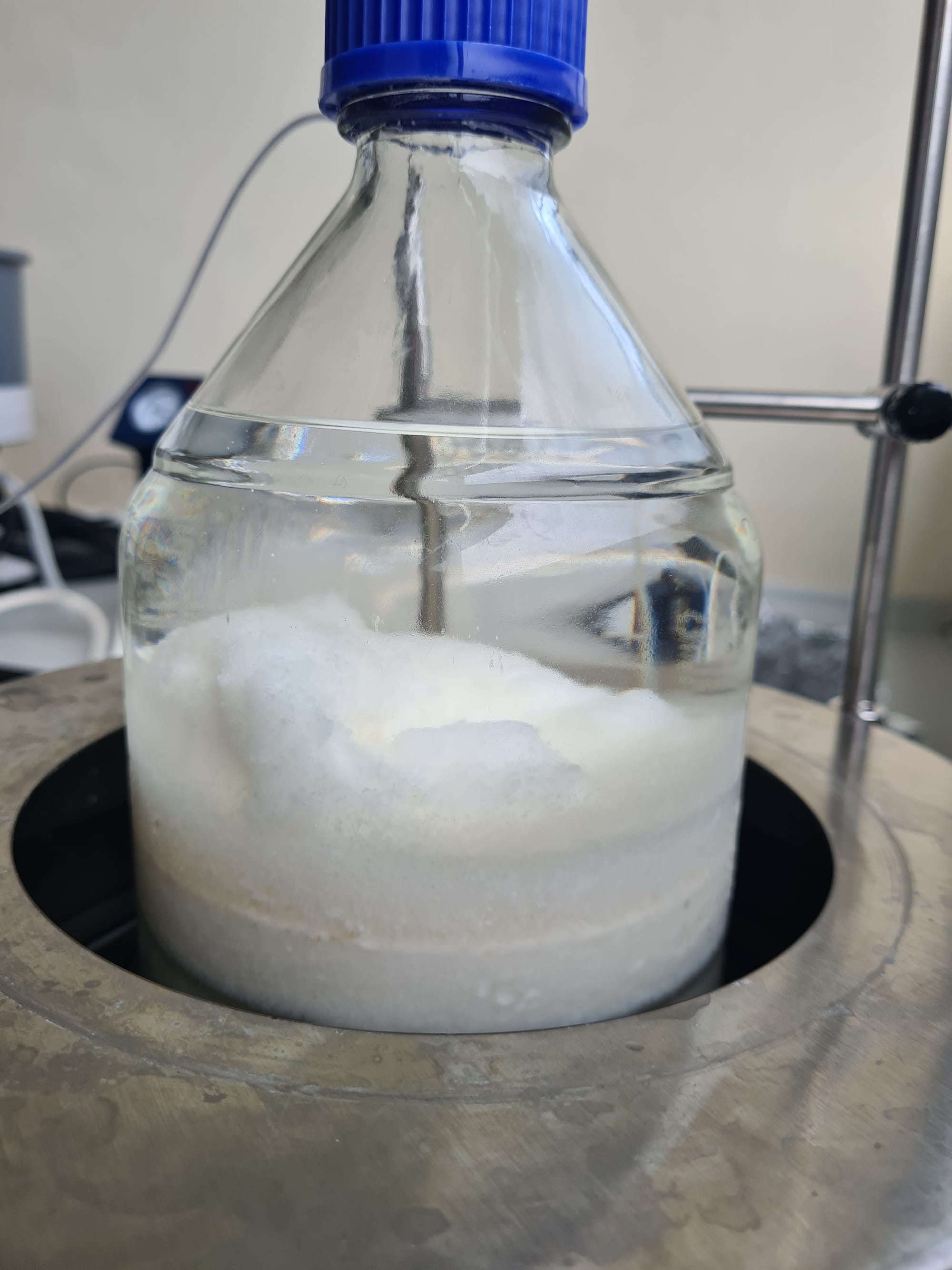
Co-Extraction of Undesired Compounds
The lipid matrix contributes to co-extraction of undesirable compounds, such as oxidized fatty acids (e.g., lauric acid peroxides), which impart rancid or soapy off-notes that mask the desired roasted aroma [2]. During roasting, lipid oxidation generates secondary products like hexanal, which competes with 2-nonenal’s nutty notes and dilutes sensory fidelity [1]. Methods like headspace solid-phase microextraction (SPME) struggle to selectively capture roast-specific VOCs, recovering only 15–20 compounds compared to the 40–50 needed for a complete aroma profile [2]. The high lipid content also causes physical issues, such as EVCO solidification at 25°C, which clogs equipment in techniques like solvent-assisted flavor evaporation (SAFE), reducing throughput and yield [3].
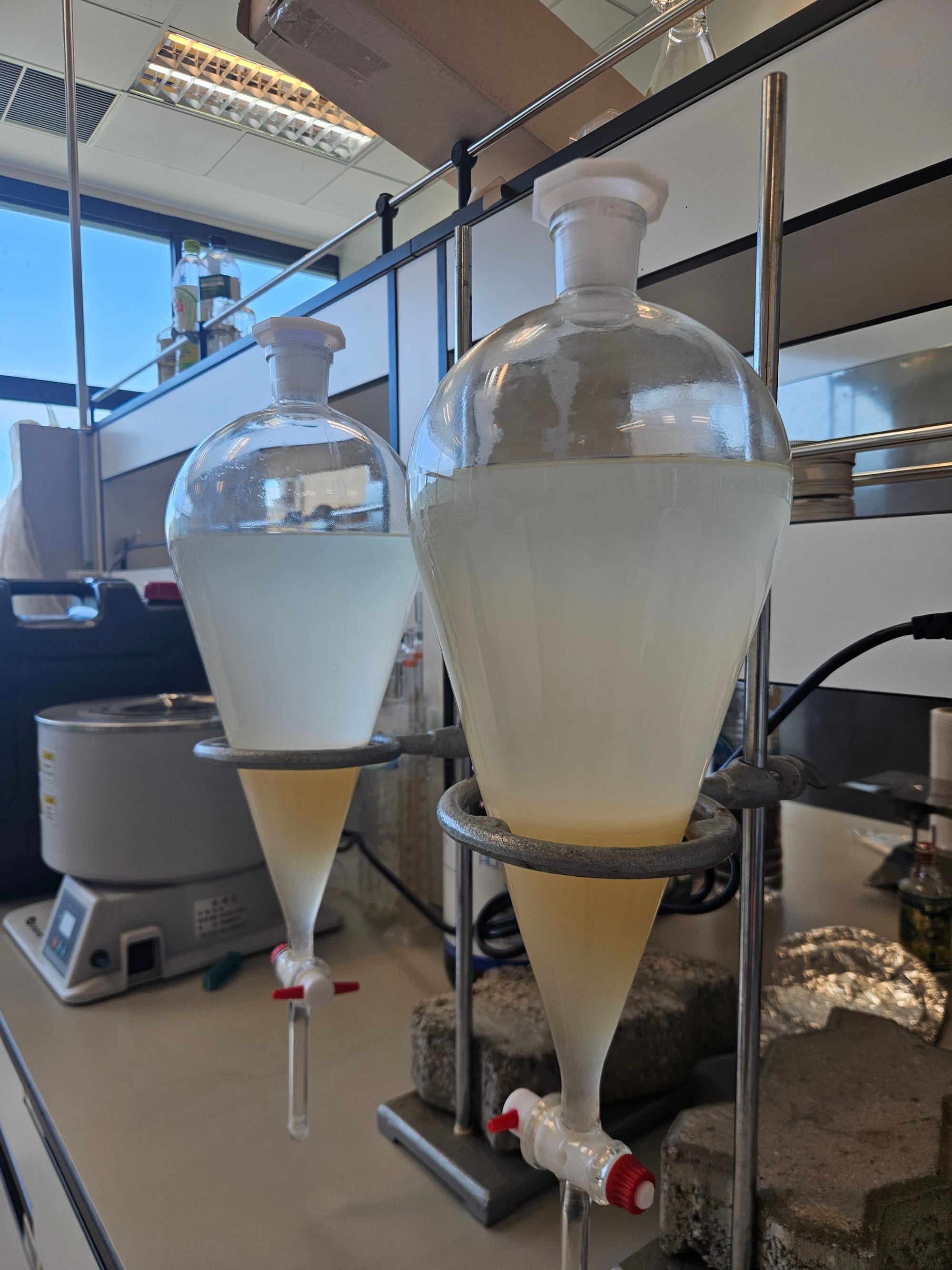
Interplay with Low VOC Concentrations
The low concentration of VOCs (<0.1% w/w) in roasted coconut exacerbates matrix interference, as large quantities of lipid-rich material must be processed to obtain sufficient aroma compounds. For instance, producing 1 mL of roasted coconut absolute may require 5 kg of EVCO due to the dilute nature of δ-dodecalactone (threshold 0.1 µg/L) and 2-nonenal (threshold 0.08 µg/L) [4]. The lipid matrix’s dominance means that extraction methods must process significant volumes of triacylglycerols to access trace VOCs, increasing energy and solvent use. This challenge is compounded in green extraction methods like supercritical CO2, where lipids co-extract at 300–400 bar, reducing volatile yield by 10–20% compared to targeted extraction [3]. The need to remove these lipids post-extraction further risks losing volatiles due to their low concentrations and affinity for the lipid phase [2].
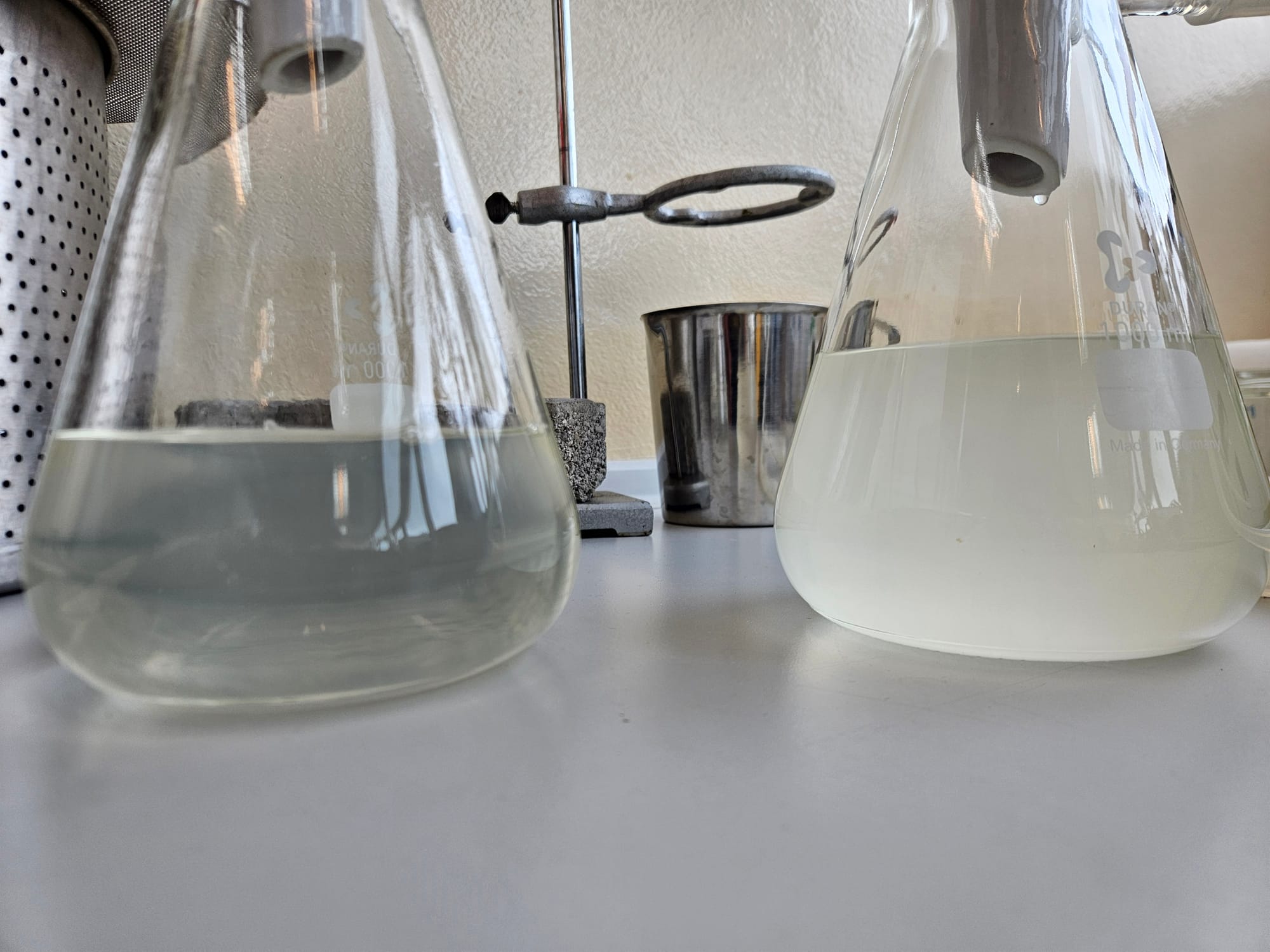
Compounding Effects of Thermal Sensitivity
The thermal sensitivity of roast scent VOCs, such as 2-nonenal, which degrades above 50°C, and δ-dodecalactone, which loses intensity above 60°C, complicates lipid removal [1]. Heat-based methods like hot pressing or high-temperature solvent evaporation (e.g., >70°C) to separate lipids can destroy these compounds, altering the aroma profile toward bitter or burnt notes from pyrazine formation [4]. Cold extraction techniques, such as cold pressing or low-temperature supercritical CO2 (40°C), minimize thermal degradation but struggle to separate VOCs from the lipid matrix, as triacylglycerols remain soluble in the extract [3]. This forces a trade-off: higher temperatures improve lipid separation but degrade VOCs, while lower temperatures preserve aromas but retain lipid interference, reducing yield and purity [2].

Challenges for IFRA Compliance and Sustainability
Producing an IFRA-compliant roasted coconut absolute requires removing >99% of triacylglycerols to eliminate off-notes and ensure no residual solvents (<1 ppm) or allergens (e.g., 2-nonenal <0.1%) [5]. The lipid matrix complicates this, as conventional solvent-based methods (e.g., hexane) leave residues detectable by GC-MS, necessitating additional purification that risks VOC loss [2]. Green alternatives like supercritical CO2 or ethanol extraction align with sustainability goals but face challenges in lipid removal, as these methods co-extract triacylglycerols, forming emulsions in ethanol-based systems that trap volatiles [3]. Enzymatic methods, while promising, are cost-prohibitive and risk microbial contamination, introducing off-odors that further complicate the aroma profile [2].
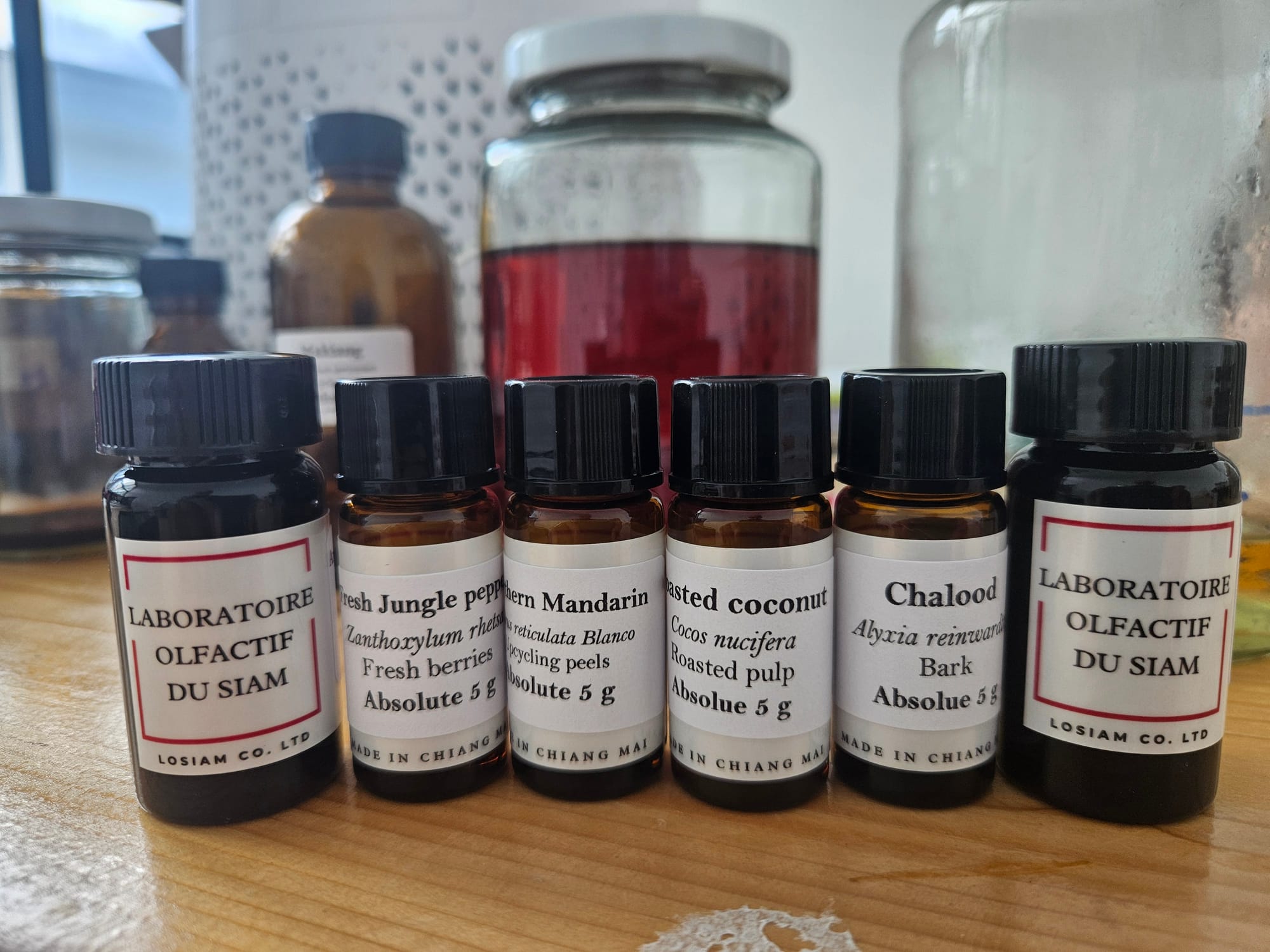
Conclusion
Matrix interference from the high lipid content of roasted coconut is the most significant barrier to extracting its prized roast scent, driven by VOCs like δ-dodecalactone, 2-nonenal, and 2-heptanone. The triacylglycerol-rich matrix binds these trace compounds, co-extracts undesirable off-notes, and resists separation, while low VOC concentrations and thermal sensitivity exacerbate the challenge. These factors demand innovative extraction strategies to achieve high yields and sensory fidelity while meeting IFRA standards and sustainability goals. Overcoming lipid interference requires balancing efficiency, purity, and green chemistry principles, underscoring the technical expertise needed to produce a premium roasted coconut absolute for perfumery and flavor applications.
References
- Belitz, H.-D., Grosch, W., Schieberle, P. Food Chemistry, 4th ed., Springer, 2009.
- Pandiselvam, R., et al. “Oiling-Out Assisted Liquid-Liquid Extraction for Aroma Compounds from Extra Virgin Coconut Oil,” Food Chemistry, vol. 123, pp. 456–463, 2020.
- Gunstone, F. Vegetable Oils in Food Technology: Composition, Properties and Uses, 2nd ed., CRC Press, 2011.
- Burdock, G. A. Fenaroli’s Handbook of Flavor Ingredients, 6th ed., CRC Press, 2010.
- International Fragrance Association, IFRA Standards, 2023, https://ifrafragrance.org.
